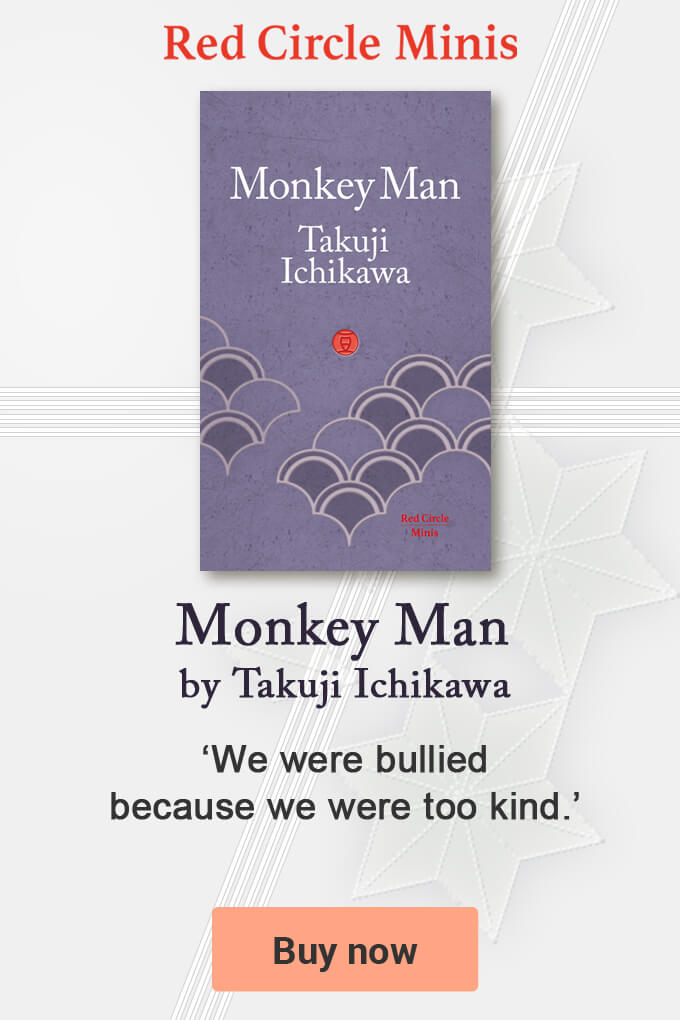The first full-scale multi-volume Japanese dictionary Wakun no Shiori (Guidebook to Japanese Pronunciations), was published in 1887. However, Genkai (Sea of Words) compiled between 1889 and 1891 by Fumihiko Otsuki, modeled on Webster’s dictionary, is considered by lexicographers as the “first modern Japanese dictionary”.
In comparison, the first modern and most influential early English dictionary, A Dictionary of the English Language, was published more than 130 years earlier in 1755. It was written and compiled by Samuel Johnson (1709-1784). Earlier English dictionaries existed, but were considered inferior.
Noah Webster published A Compendious Dictionary of the English Language, said to be the first truly American dictionary, in 1806. While The Oxford English Dictionary was first published in 1884, three years before the Guidebook to Japanese Pronunciations, Japan’s “first” dictionary.
© Red Circle Authors Limited

